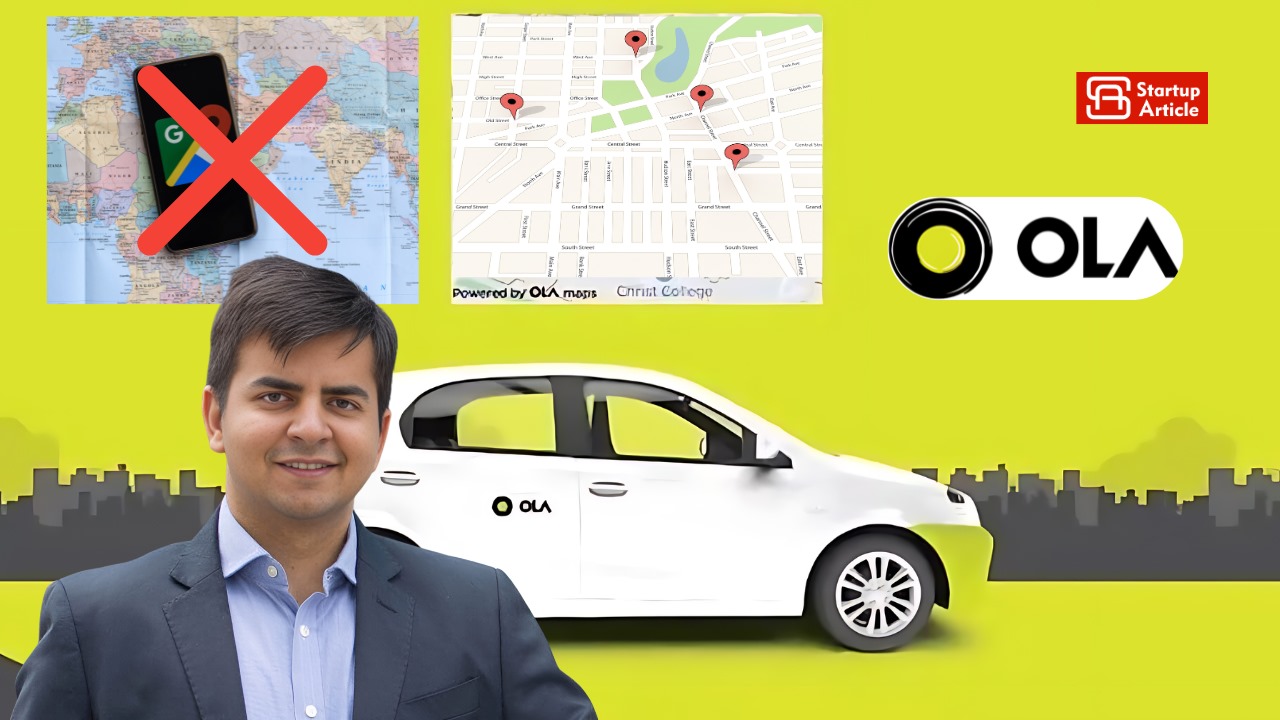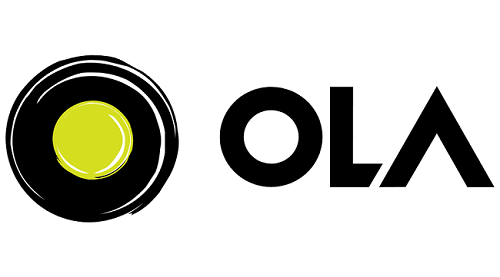Established in 2010, Ola Cabs is a trailblazing entity in the Indian ride-hailing sector, revolutionizing urban transportation through its all-encompassing and customer-focused transportation offerings. The company places a heavy emphasis on utilizing cutting-edge technology such as Artificial intelligence, Cloud computing, while upholding strict standards of safety and dependability.
On Friday, July 5, the ride-hailing startup’s founder and CEO, Bhavish Aggarwal, announced that it has completely left Google Maps and switched to Ola Maps, its own internal navigation system.
Aggarwal stated in a post on X that Ola Cabs will be able to avoid paying Google INR 100 Cr in fees a year thanks to the change.
“We completely exited Google Maps after leaving Azure last month. We used to spend INR 100 Cr annually, but this month we’ve cut that to zero by switching entirely to our internal Ola maps!” Aggarwal stated in a post.
He also hinted at future capabilities, stating that Ola Maps will “soon” introduce features like street view, indoor photos, 3D maps, drone mapping, and NeRFs (neural radiance fields).
Aggarwal also revealed in the same post that Ola Maps’ application programming interfaces (APIs) will be accessible on Krutrim, it’s sister AI cloud platform.





